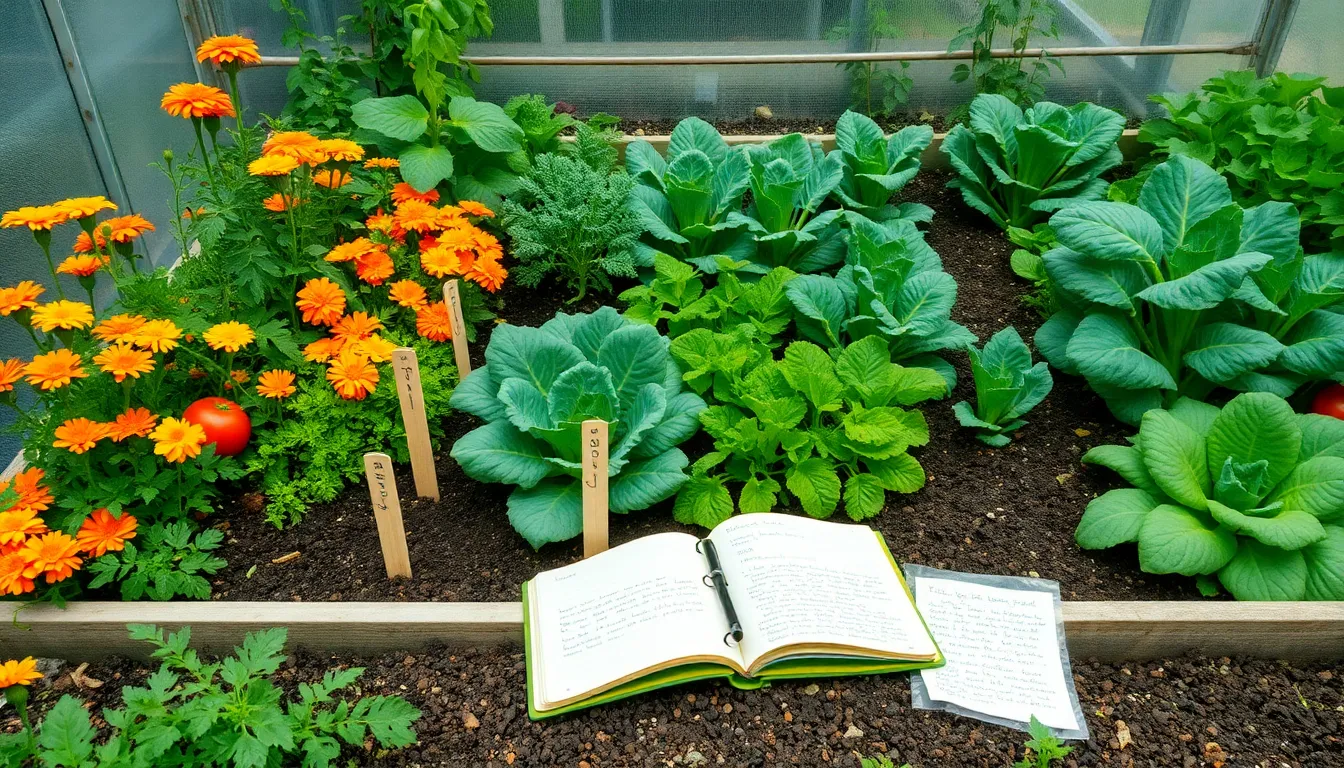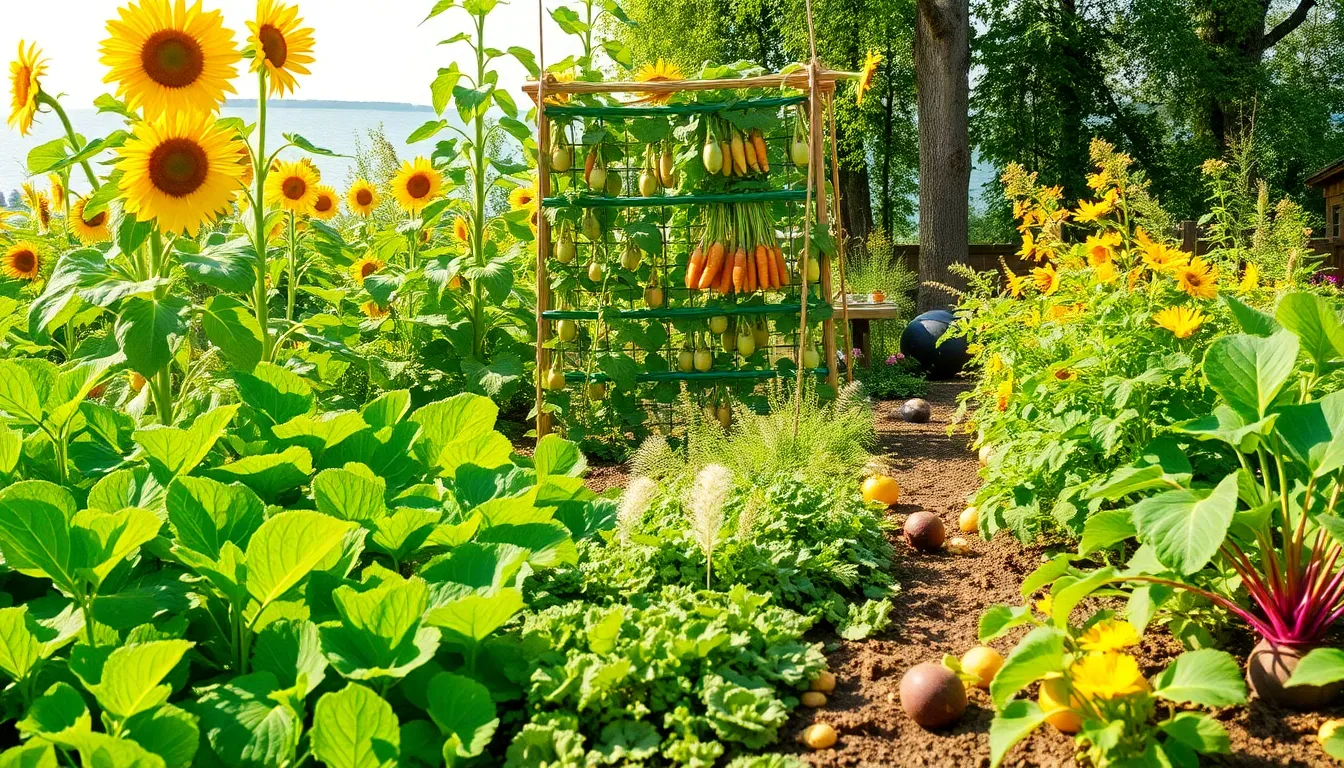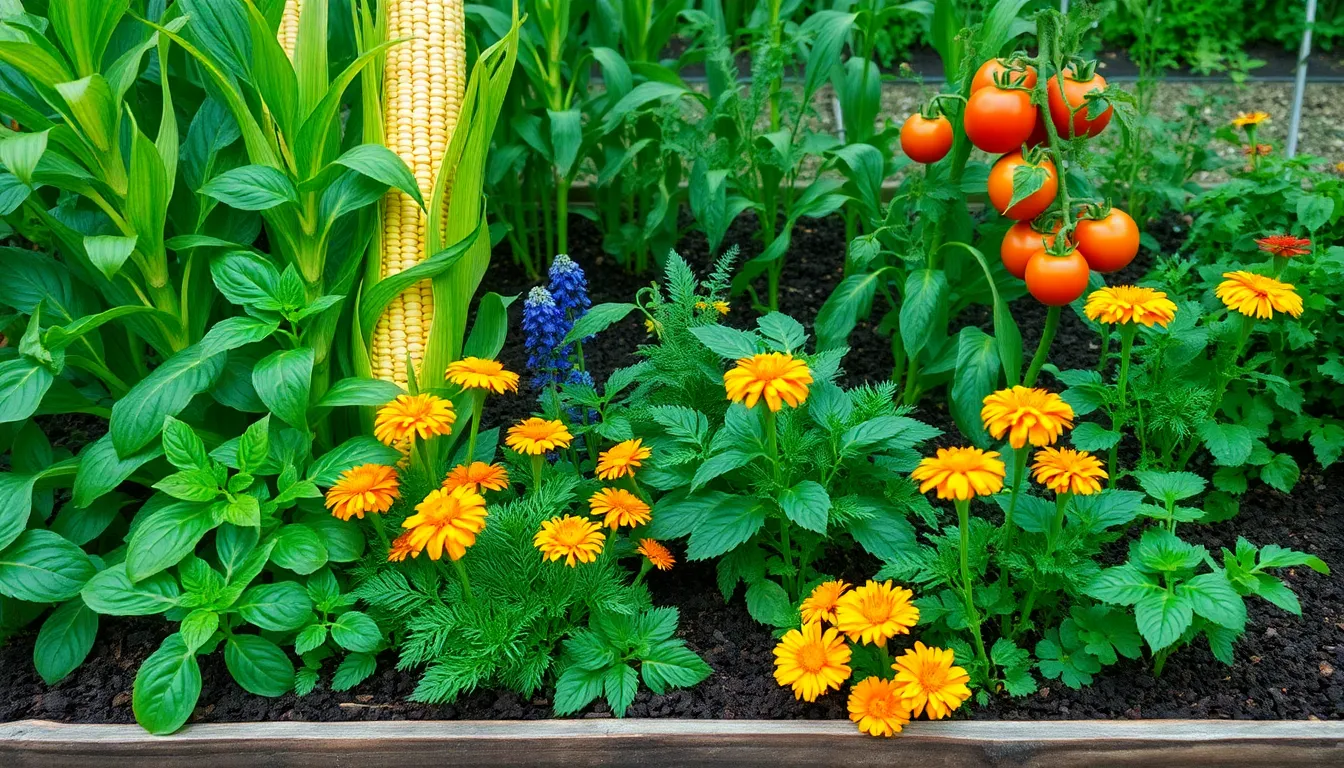Welcome to the fascinating world of crop rotation, a time-honored gardening practice that breathes new life into your soil and boosts your garden’s productivity. Whether you’re just starting your gardening journey or have years of experience under your belt, mastering the art of rotating garden crops can transform your patch of earth into a thriving, sustainable ecosystem. This technique isn’t just about switching places for fun; it’s a strategic move that reduces pests, manages soil fertility, and enhances overall plant health.
In this guide, we’ll explore the why and how of crop rotation, arming you with the knowledge to make informed choices about what to plant where. You’ll discover how rotating crops can prevent the depletion of specific nutrients and disrupt the cycle of harmful pests and diseases. By the end of this article, you will not only understand the principles behind this essential gardening practice but also feel confident in applying them to your own garden space. Get ready to turn your garden into a vibrant tapestry of biodiversity, where each plant plays a role in supporting the ones around it.
Identify Your Crop Families

To successfully rotate your garden crops, it’s essential to first identify the different crop families. Grouping your plants by family helps prevent diseases and pests that target specific plant types from building up in your soil.
Begin with the Brassicaceae family, which includes cabbage, broccoli, and kale. These plants thrive in well-draining soil enriched with organic matter, and benefit from a **consistent watering schedule** to maintain even soil moisture.
Next, consider the Solanaceae family, covering tomatoes, peppers, and eggplants. They require **full sun and fertile soil**, and it’s crucial to practice crop rotation with these plants to avoid soil-borne diseases like verticillium wilt.
For those growing legumes, such as peas and beans, remember they belong to the Fabaceae family. These plants are excellent for soil health as they fix nitrogen, so rotating them with heavy feeders like corn can greatly enhance your soil’s fertility.
Map Out Garden Zones
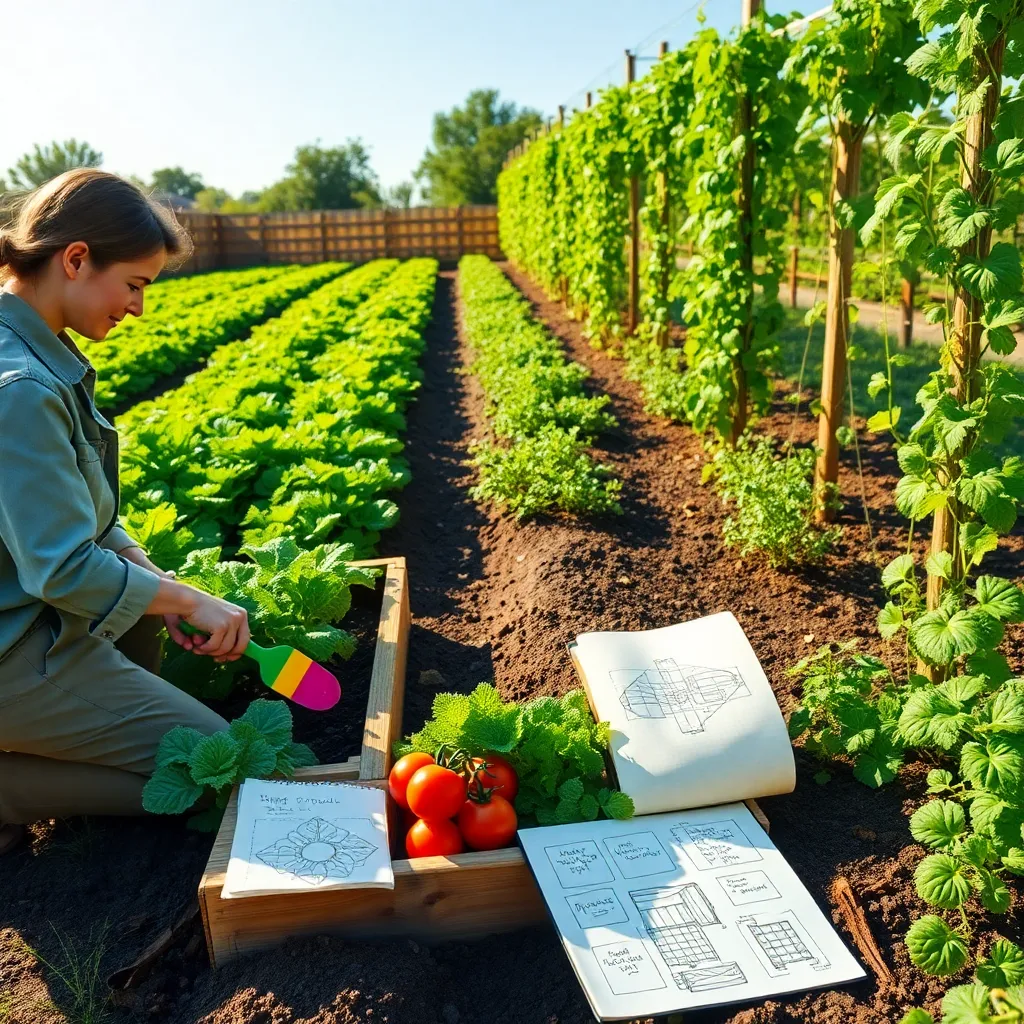
Mapping out garden zones is a crucial step in successful crop rotation. Begin by dividing your garden into distinct sections based on the size of your available space. This allows you to plan where each crop family will grow annually, ensuring no family is planted in the same spot two years in a row.
To effectively map your zones, consider using a simple grid system. This can be as basic as sketching a diagram on paper or using online garden planning tools. By creating a visual representation, you can easily track where each crop will be planted over the years.
Consider soil types when planning your zones since different plants have varying soil preferences. For example, root crops like carrots thrive in loose, sandy soil, while leafy greens often prefer nutrient-rich loam. Tailoring your zones to accommodate these preferences can significantly enhance plant health and yield.
Another aspect to consider is the sunlight exposure each zone receives throughout the day. Align your zones such that sun-loving plants like tomatoes are placed in areas with full sun, while shade-tolerant plants like lettuce are reserved for spots with less direct light. Making these adjustments ensures that each plant receives optimal growing conditions.
Plan Crop Rotation Schedule
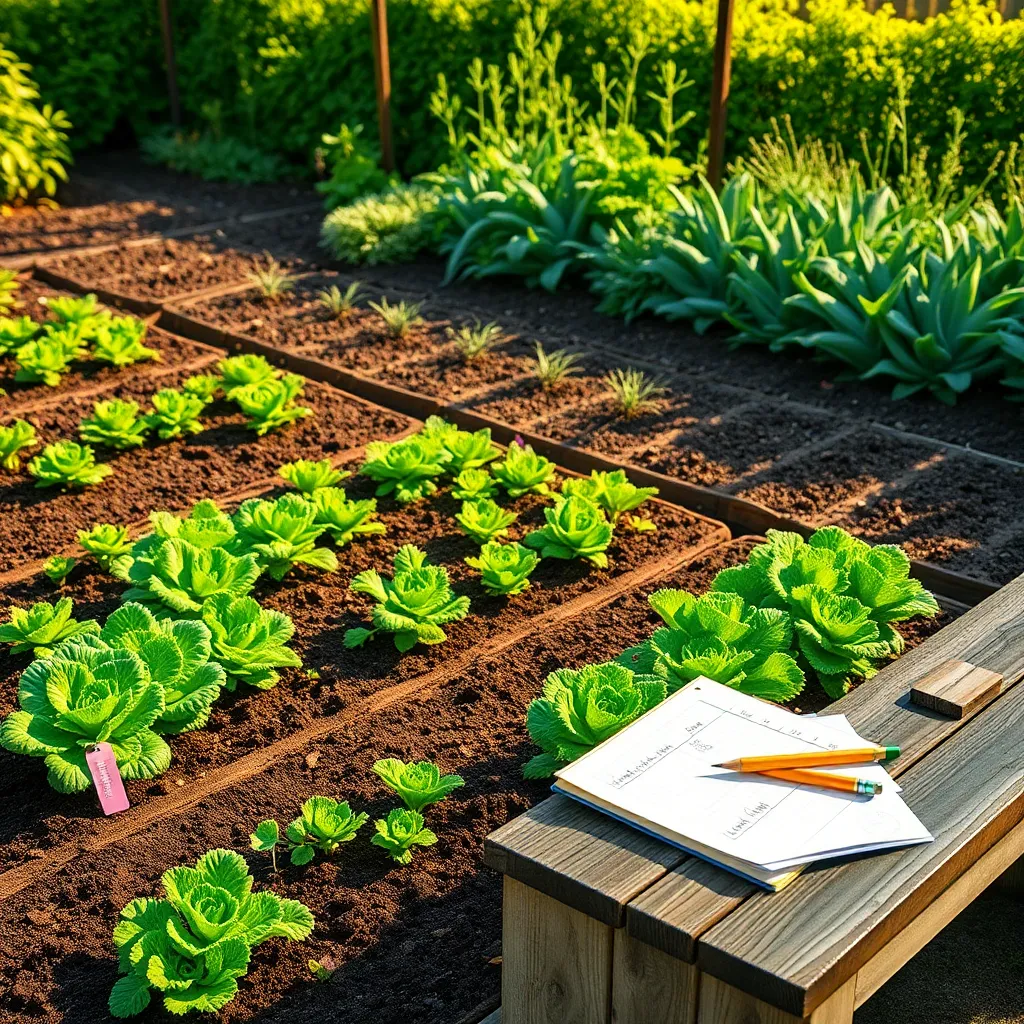
To start planning your crop rotation schedule, identify the plant families currently growing in your garden. Divide your garden into zones based on these families, such as the nightshade family (tomatoes, peppers) or the legume family (beans, peas).
Rotate your crops by ensuring that each plant family moves to a different zone each year. This practice helps prevent soil depletion and reduces pest and disease build-up specific to plant families.
Consider soil health as a priority when planning your crop rotation. Legumes, for instance, are excellent for planting after heavy feeders like corn because they fix nitrogen into the soil, enriching it naturally.
For beginner gardeners, a simple three-year rotation plan can be effective. This involves rotating between root crops (like carrots), fruiting crops (such as tomatoes), and leafy greens (like lettuce) to balance nutrient demands.
- Tip: Use cover crops, such as clover, during off-seasons to enhance soil fertility.
- Advanced Tip: Incorporate green manures like rye or vetch into your rotation for additional soil health benefits.
Regularly document your crop rotation plan to track what’s planted where each year. This record-keeping will help refine your strategy over time, ensuring improved yields and healthier plants.
Prepare Soil for New Crops
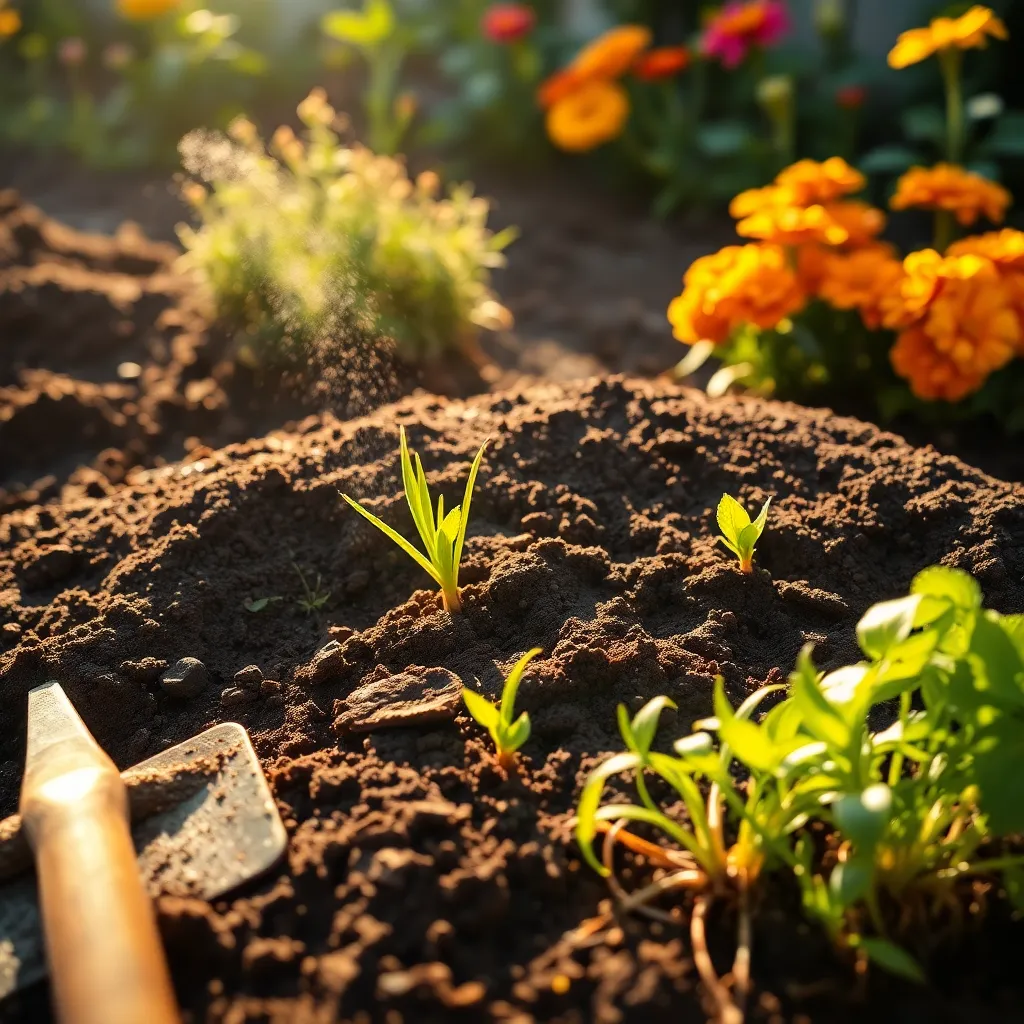
Before planting new crops, it’s essential to prepare the soil to ensure your plants thrive. Start by clearing any debris and leftover roots from the previous season to give your crops the best chance at healthy growth.
Next, test your soil to understand its pH level and nutrient content, which will guide your amendments. A simple soil test kit from a garden center can provide valuable information, allowing you to adjust the soil to meet your plants’ needs.
Incorporate organic matter, such as compost or well-rotted manure, to improve soil structure and fertility. This not only boosts nutrient levels but also enhances water retention, which is crucial for sustaining plant health through dry spells.
For beginners, focus on using a balanced fertilizer if your soil test indicates deficiencies. More experienced gardeners might want to experiment with specific amendments, like lime for acidic soils or sulfur for alkaline conditions, to fine-tune soil pH.
Ensure the soil is well-draining by avoiding compaction, which can be done by gently tilling or using a broadfork. This step is particularly important for root crops, such as carrots and potatoes, which need loose soil to develop properly.
Finally, consider mulching the soil with straw or shredded leaves to regulate temperature and moisture levels while suppressing weeds. This extra layer of protection can be especially beneficial in regions with harsh weather conditions, providing a stable environment for your crops to grow.
Monitor and Adjust Annually
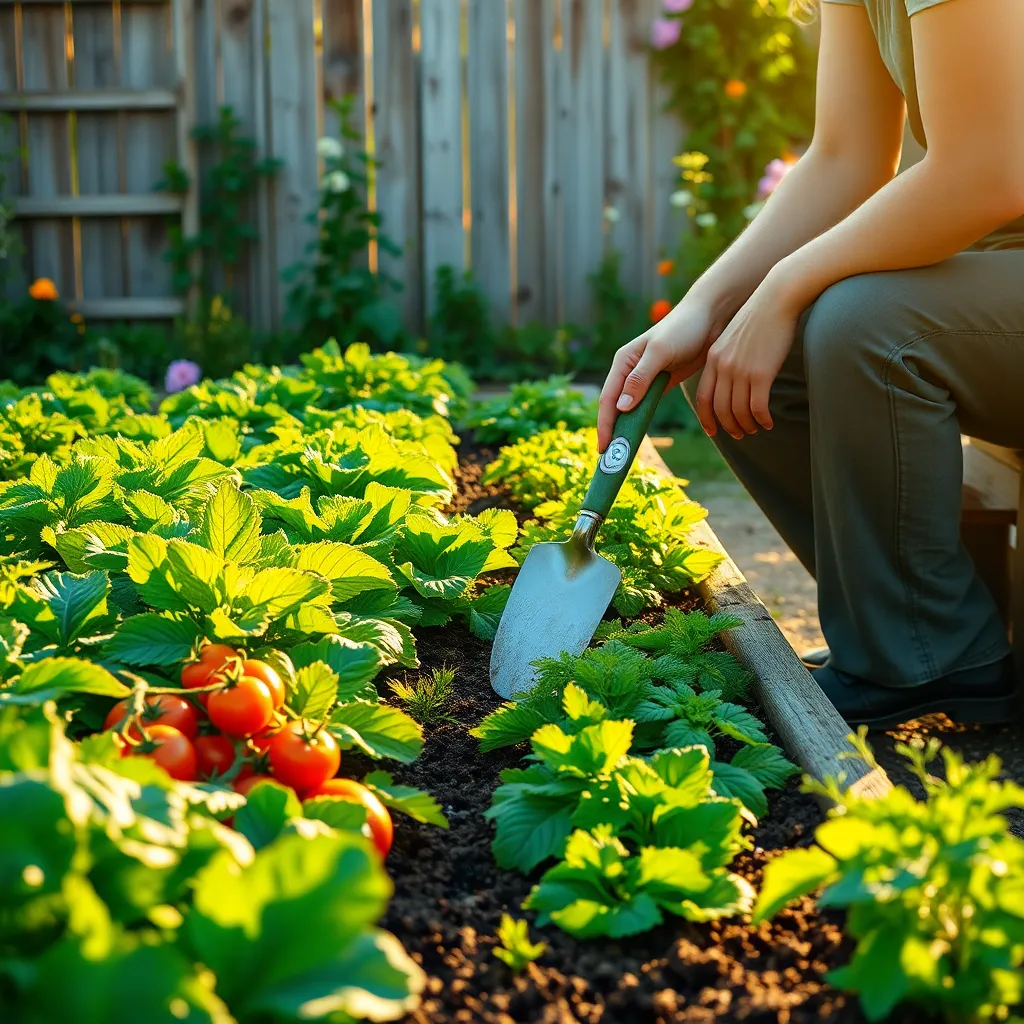
As you plan your crop rotation, it’s essential to monitor and adjust your garden annually for optimal results. Start by keeping a detailed garden journal to track what was planted where, noting any issues like pests or diseases that arose.
Reviewing last year’s notes will help you make informed decisions for the upcoming season. Look for patterns, such as specific crops that may have underperformed or thrived, and use this data to fine-tune your rotation plan.
Soil health is a critical factor to monitor each year. Conducting a soil test in early spring will provide insights into nutrient levels and pH balance, helping you determine if amendments are needed to support the next crop cycle.
Adapt your planting strategy based on annual observations and soil test results. For example, if nutrient depletion is detected, consider incorporating a cover crop like clover to naturally replenish nitrogen levels.
Weather patterns can vary significantly each year, affecting plant growth and health. Adjust watering schedules accordingly, ensuring that you adapt to both dry and wet spells by monitoring moisture levels regularly and using mulch to conserve soil moisture.
Conclusion: Growing Success with These Plants
In our journey through the ‘Beginner’s Guide to Rotate Garden Crops,’ we explored five foundational relationship concepts: the importance of communication, nurturing trust, the power of compromise, maintaining individual growth, and fostering shared goals. Each of these elements is crucial in cultivating a thriving relationship, much like rotating crops ensures a fruitful garden. Now, I encourage you to take immediate action by selecting one area to focus on this week—perhaps initiating a heartfelt conversation or setting a shared goal with your partner. By doing so, you’re sowing seeds for a stronger bond.
Remember, thriving relationships are built on consistent effort and attention. Bookmark this guide as your go-to resource for nurturing your relationship garden. It’s a reference you can return to whenever you need guidance or inspiration.
As you move forward, envision a future where your relationship flourishes with resilience and joy. By applying these principles, you’re not just maintaining a relationship; you’re creating a legacy of love and understanding. Empower yourself to take these steps today, and watch as your relationship blossoms with each passing season.

